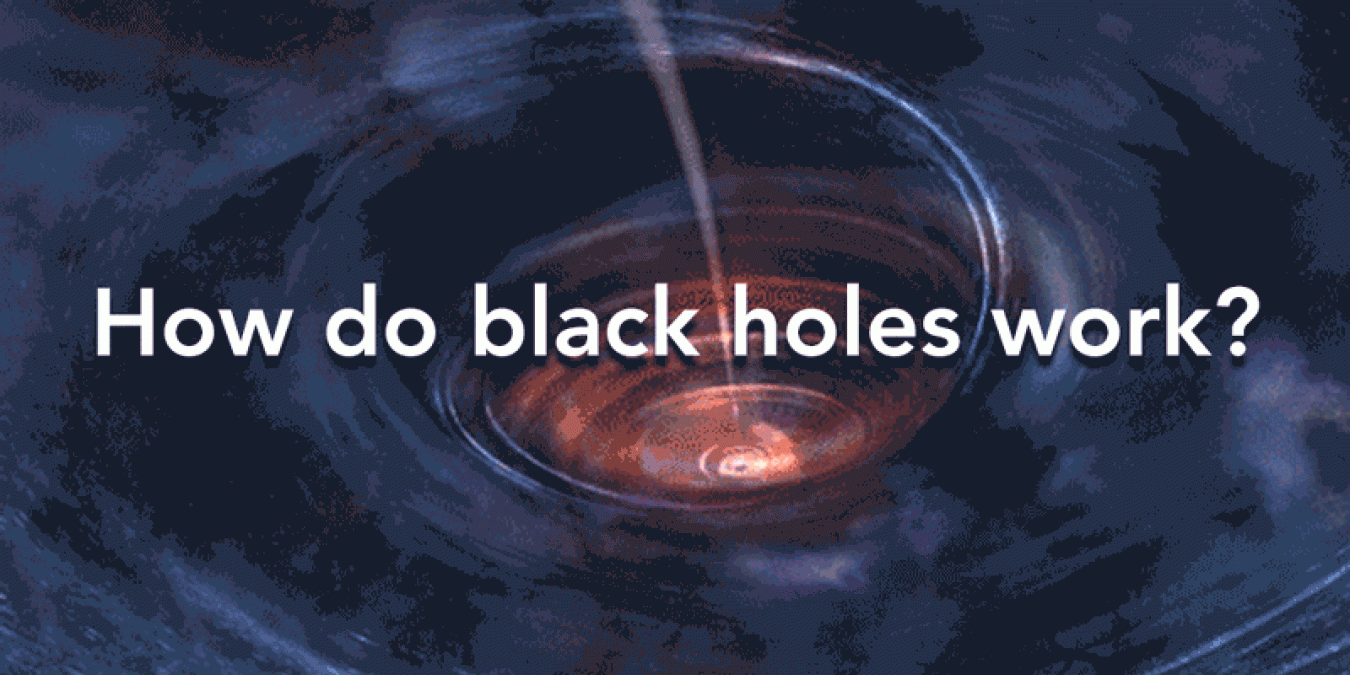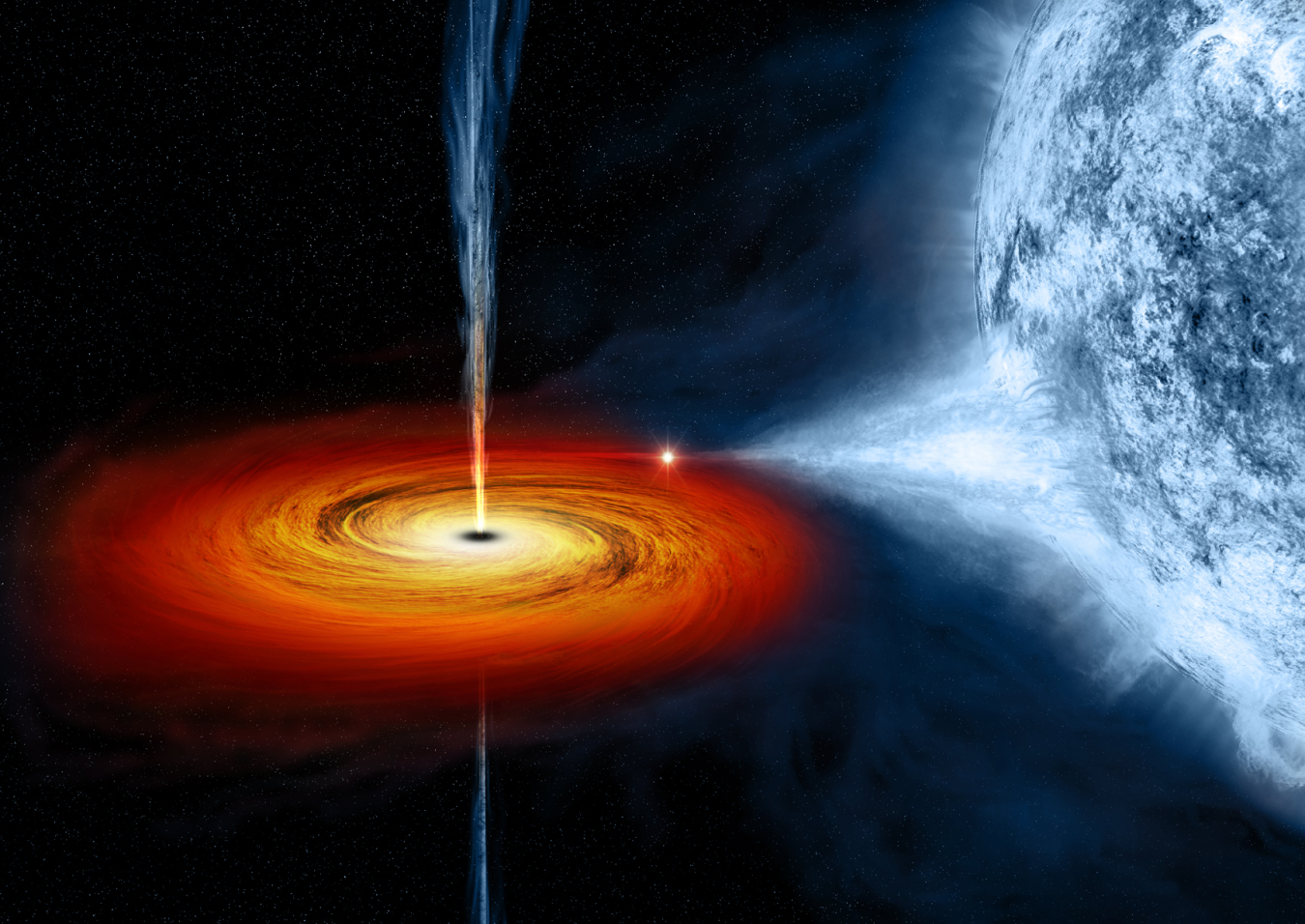From the massive expanse of outer space to the infinitesimal world of subatomic particles, humankind has relentlessly searched for answers.
National Nuclear Security Administration
November 23, 2018
Black hole GIF
From the massive expanse of outer space to the infinitesimal world of subatomic particles, humankind has relentlessly searched for answers. When an answer leads to more questions, we plunge onward, in perpetual pursuit of knowledge and understanding.
NNSA embodies this sentiment with its fierce dedication to research and development to better serve and protect our nation. The missions of nuclear security depend on leading-edge technologies that lay at the frontiers of science.
In this series, we will explore unsolved mysteries of science that NNSA research is investigating.

Black hole accretion disk
The notion that an object in space could be so enormous that its gravitational pull would collapse in on itself and allow nothing to escape —not even light—was first proposed back in the 18th century. Today, illuminating the puzzling properties of these dark and mysterious bodies still has researchers scratching their heads.
Black holes form an accretion disk – a swirling vortex of orbiting material compressed and heated by gravity and friction. This type of structure can also be seen around a star and is sometimes referred to as a circumstellar disk.
The Z machine at Sandia National Laboratories recently recreated the X-ray emissions formed by material within the accretion disk before it is sucked into a black hole. The results of the research dispute previous models used to infer how fast black holes swallow matter from companion stars. This has excited scientists because it’s the closest anyone has ever come to replicating what’s going on near a black hole.
NuSTAR
It is no small thing to better understand these strange structures. Supermassive black holes pose particular enigmas, but a computer simulation out of Los Alamos National Laboratory has determined that they have a “speed limit” dictating how fast and large they can grow.
Despite this restraining factor, supermassive black holes are thought to exist at the center of their respective galaxies and exert great influence over what happens within them. Lawrence Livermore National Laboratory’s research using the Nuclear Spectroscopic Telescope Array has found that the intense winds that blast out of large black holes can snuff out the formation of new stars.
Livermore Lab researchers also think black holes may illuminate the mystery of dark matter, so they’re conducting a microlensing survey of our galaxy. Microlensing is an astronomical effect predicted by Einstein’s general theory of relativity. According to Einstein, when the light emanating from a star passes very close to another massive object like a black hole, the gravitational pull will bend and focus light rays from the star, causing it to appear brighter than normal.

